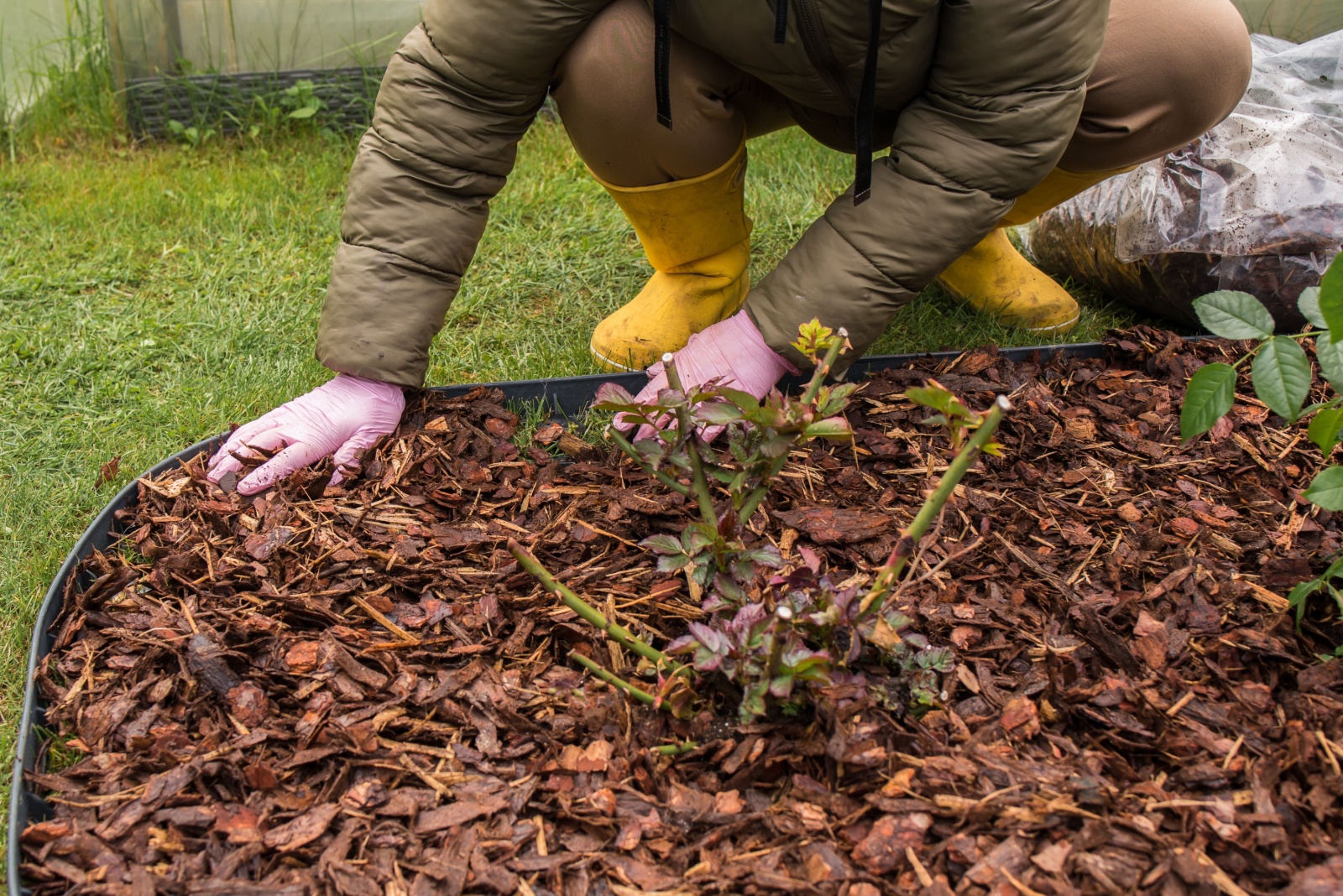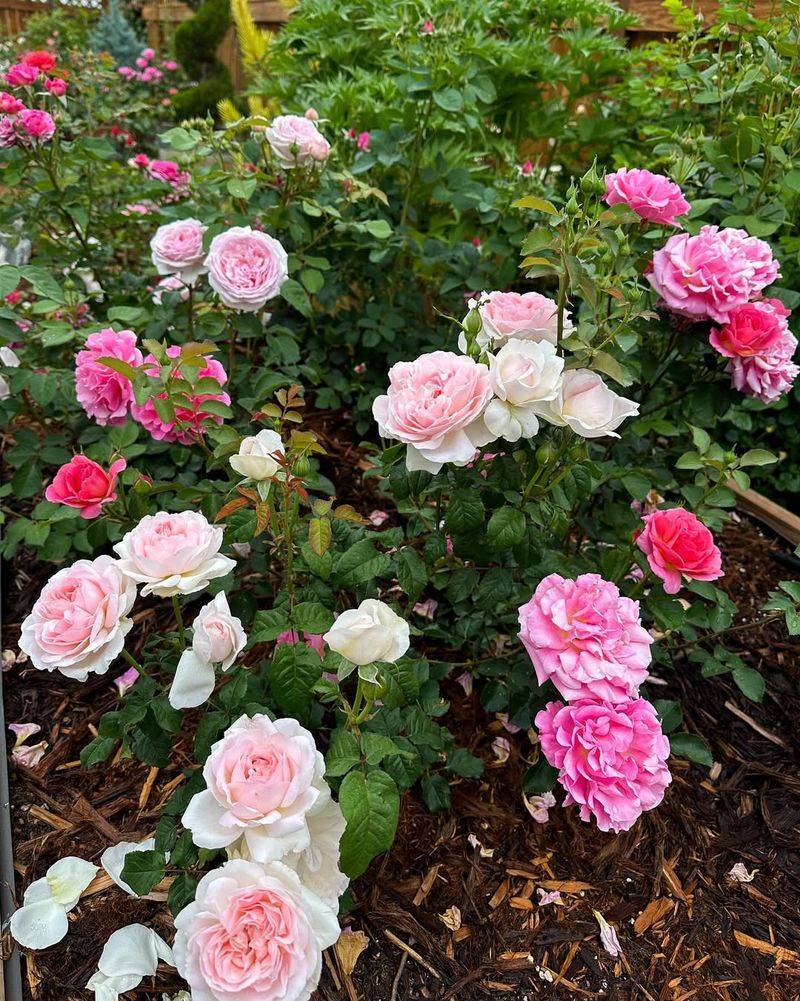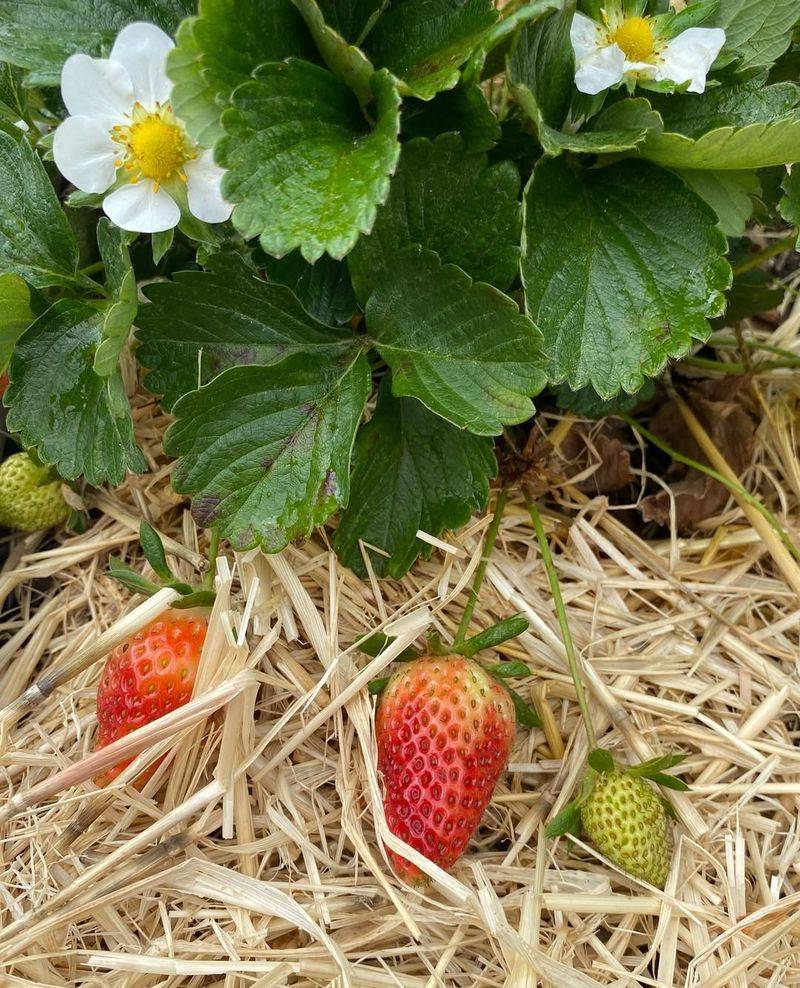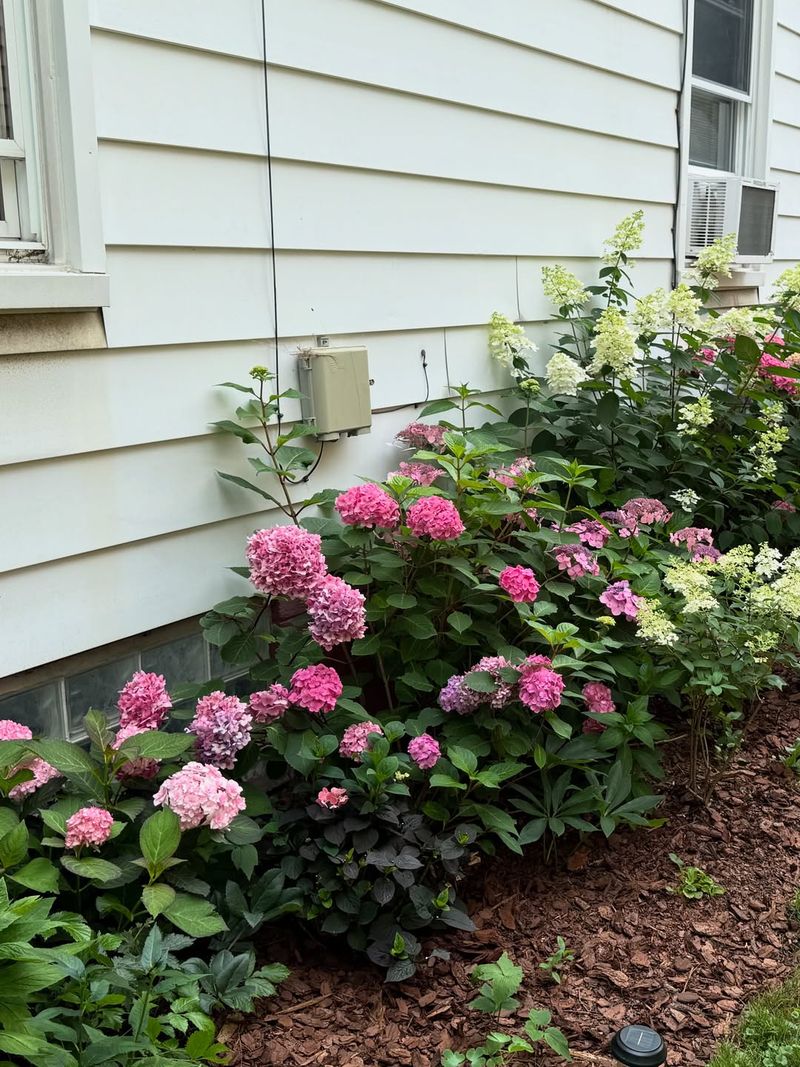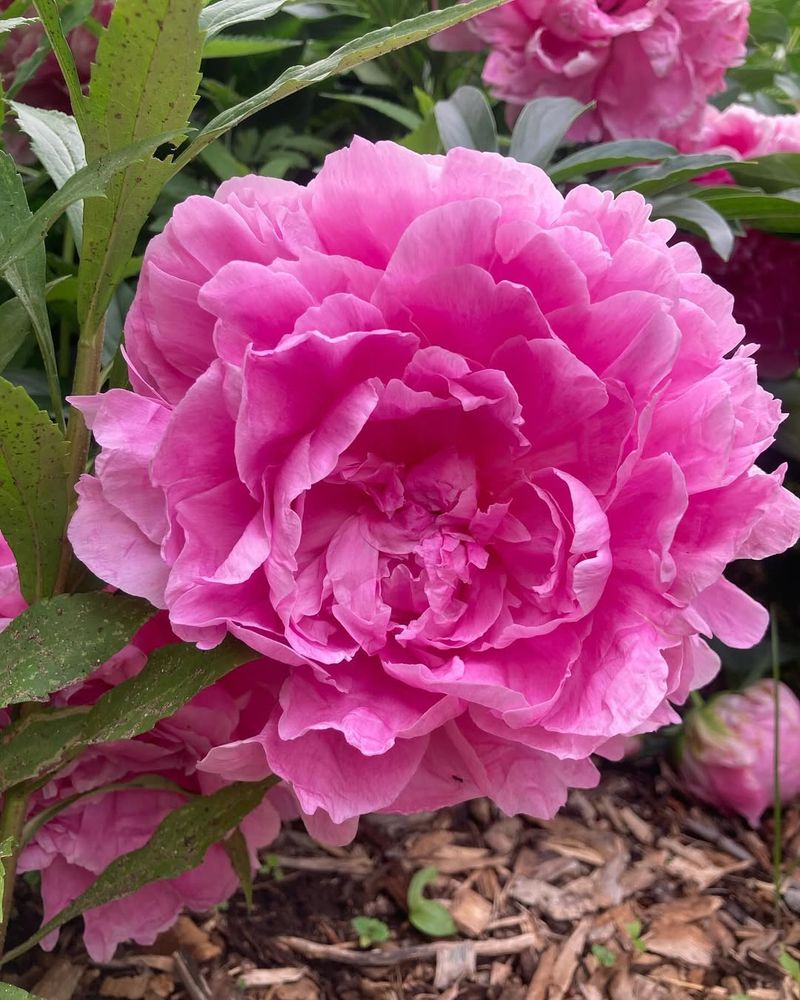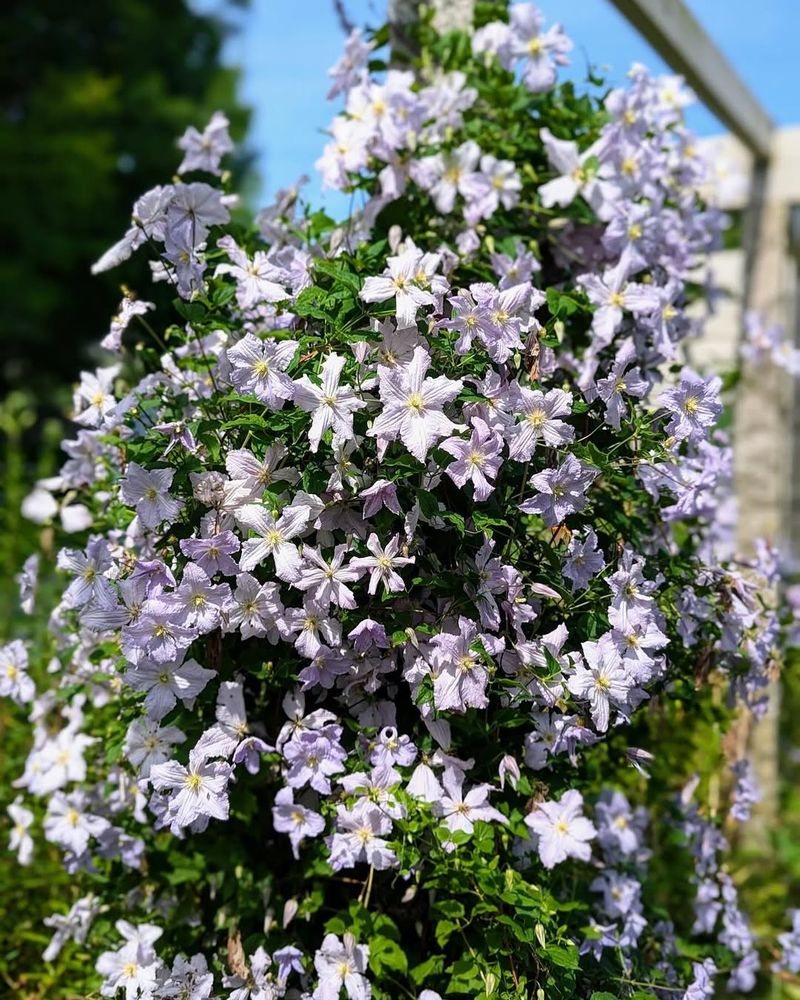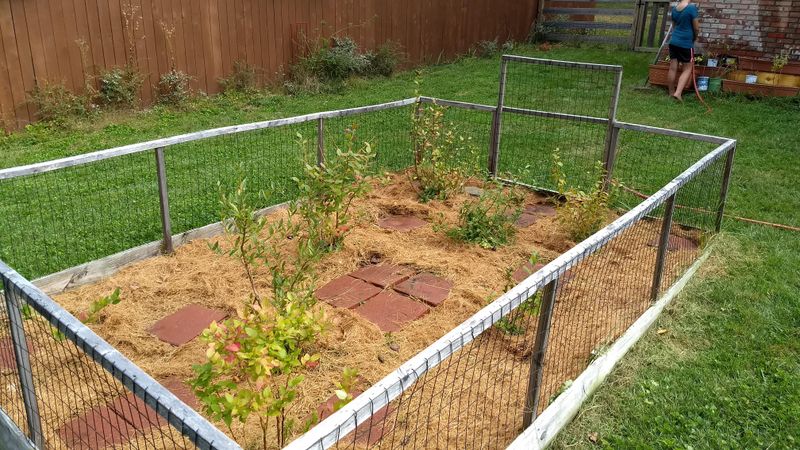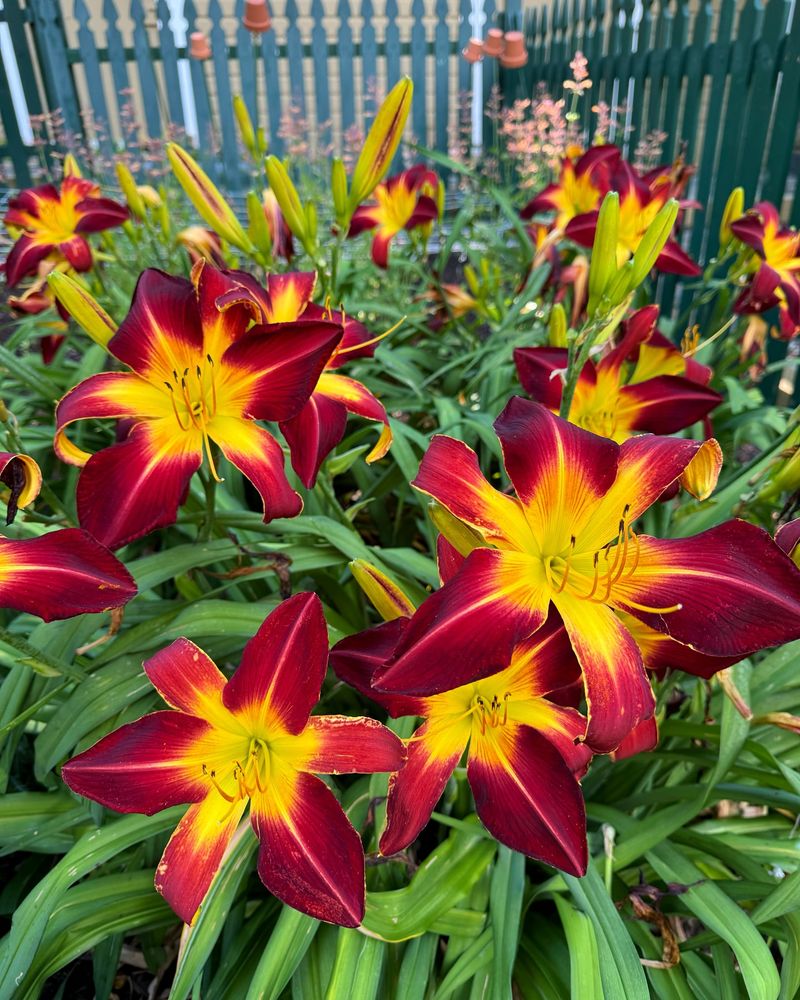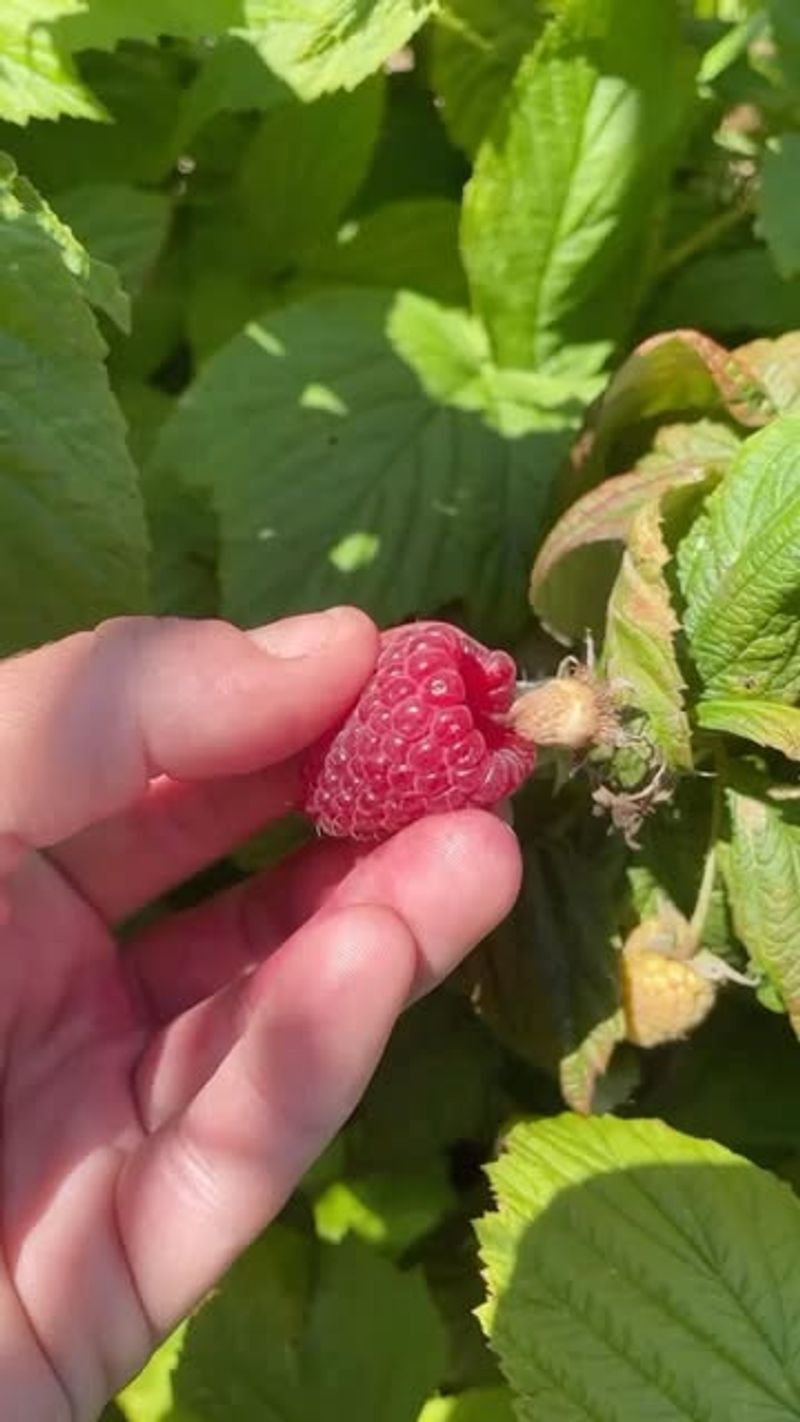Minnesota winters can be brutal on garden plants, with freezing temperatures and harsh winds testing even the toughest varieties. Fall mulching acts like a cozy blanket for your plants, protecting their roots from extreme cold and helping them survive until spring.
Knowing which plants need this extra layer of protection can mean the difference between a thriving garden next year and a disappointing loss. Your garden deserves the best chance at making it through winter, so let’s explore which plants absolutely need mulching before the first snow flies.
1. Roses
Roses struggle when Minnesota temperatures plummet below zero, making fall mulch absolutely essential for their survival. Without proper insulation, the graft union where the rose connects to its rootstock can freeze and fail, potentially damaging the entire plant.
Apply a thick mound of mulch around the base after the first hard frost, creating a protective cone about 12 inches high. Wood chips, shredded bark, or even soil work wonderfully for this purpose, keeping roots warm through the coldest months ahead.
2. Strawberries
Your strawberry patch produces delicious fruit year after year, but only if the plants survive winter’s icy grip. Crowns sitting at soil level are incredibly vulnerable to freeze-thaw cycles that can heave them right out of the ground.
Wait until temperatures consistently stay around 20 degrees Fahrenheit, then cover plants with four to six inches of clean straw. This timing prevents premature growth while providing crucial insulation when winter truly arrives, protecting your future berry harvest beautifully.
3. Hydrangeas
Hydrangeas bring stunning blooms to Minnesota gardens, but their flower buds form on old wood and freeze easily without protection. Bigleaf and oakleaf varieties especially need extra care since they’re less cold-hardy than other types.
Pile mulch generously around the base, extending outward to cover the entire root zone beneath the shrub’s canopy. Some gardeners even create wire cages filled with leaves around smaller plants for maximum winter protection and spectacular blooms come summer.
4. Peonies
Did you know peonies can live for over 100 years with proper care? Fall mulching plays a huge role in their longevity by protecting those precious root systems from Minnesota’s temperature swings.
After cutting back dead foliage in late fall, spread two to three inches of compost or shredded leaves around each plant. Keep mulch away from the crown itself to prevent rot, but cover the surrounding soil thoroughly for insulation that helps these beauties return stronger each spring.
5. Clematis
Clematis vines climb beautifully through summer, but their roots despise frozen soil and need serious winter protection to survive. The crown where stems meet soil is particularly sensitive to cold damage and requires careful attention.
Build a mulch mound at least six inches deep around the base of each plant, extending outward about 18 inches in all directions. This creates an insulated zone that moderates soil temperature fluctuations, preventing the damaging freeze-thaw cycles that end so many clematis vines in harsh climates.
6. Blueberries
Blueberry bushes have shallow root systems that freeze quickly when temperatures drop, threatening next year’s harvest if left unprotected. These acid-loving plants also benefit from mulch that gradually lowers soil pH over time.
Pine needles, wood chips, or shredded oak leaves make excellent choices for blueberry mulch, providing both insulation and the acidic conditions these plants crave. Apply a four-inch layer extending beyond the drip line, refreshing annually to maintain protection and keep those roots happy through every season.
7. Hostas
Hostas seem indestructible during summer, but their fleshy crowns can suffer frost damage without adequate mulch protection through winter months. Mulching also suppresses early spring weeds that compete with emerging hosta shoots.
Once the foliage settles down completely, spread a three-inch layer of shredded leaves or compost over the entire hosta bed. This blanket keeps soil temperatures stable, prevents crown heaving, and breaks down slowly to enrich the soil, giving your hostas a nutritional boost when they wake up hungry in spring.
8. Daylilies
Daylilies rank among the toughest perennials, but even they appreciate a cozy mulch layer protecting their roots from Minnesota’s harshest winter conditions. Newly planted daylilies especially need this extra care during their first winter.
Apply two to three inches of organic mulch after the ground begins freezing, which prevents premature spring growth during warm spells that can damage tender shoots. Shredded bark or leaves work perfectly, decomposing slowly to improve soil structure while keeping roots safely insulated until consistent warm weather returns for good.
9. Raspberries
Raspberry canes produce amazing fruit, but their shallow roots need serious protection from soil that freezes solid for months. Winter injury to roots reduces next summer’s harvest significantly, making fall mulching absolutely worthwhile.
Spread four to six inches of straw, wood chips, or shredded leaves around raspberry plants once the ground starts freezing hard. This thick layer prevents rapid temperature changes, while also suppressing weeds and retaining moisture that helps canes break dormancy strong when spring finally arrives in Minnesota.
10. Astilbe
Astilbe’s feathery plumes brighten shady spots all summer, but their shallow root systems face serious danger when winter arrives without proper mulch protection. These moisture-loving plants also benefit from mulch that helps retain soil moisture through dry winter periods.
After cutting back spent foliage, apply three to four inches of shredded leaves or compost over the entire planting area. This insulating layer moderates temperature extremes, prevents heaving, and decomposes gradually to improve soil quality, ensuring your astilbe returns with vigorous growth and abundant blooms next season.

